
2025 BYD Shark 6 sales scrutinised as rival Kia Tasman ute and plug-in hybrid Ford Ranger PHEV and GWM Cannon Alpha launches loom
BYD Shark 6 fever has well and truly swept over the country, but is it all as...
Browse over 9,000 car reviews

Will the next all-new Mazda BT-50 be twinned with the upcoming Toyota HiLux?
The ever-closer working relationship between the Japanese brands is prompting speculation on many models coming joint venture – from a line of luxury grand touring sedans and EVs to be shared with Lexus, to a monocoque dual-cab ute to take on the super-successful Ford Maverick in America.
Already, Toyota and Mazda share models in some regions, including the Yaris hybrid supermini-based Mazda2 versions in Europe, while the Corolla Cross and North America-only CX-50 (essentially a jumped-up CX-30) medium SUV are built alongside each other in Alabama. Although the two models are unrelated, both employ Toyota’s petrol-electric hybrid technology.
This facility, by the way, is at the heart of that Toyota/Mazda Maverick small ute rival speculation, partly due to its vast production capacity that is currently underutilised with just Corolla Cross and CX-50 being built there. Also, it is not to be confused with a rugged low-cost sub-HiLux ute that Toyota execs in South Africa confirmed earlier this year.
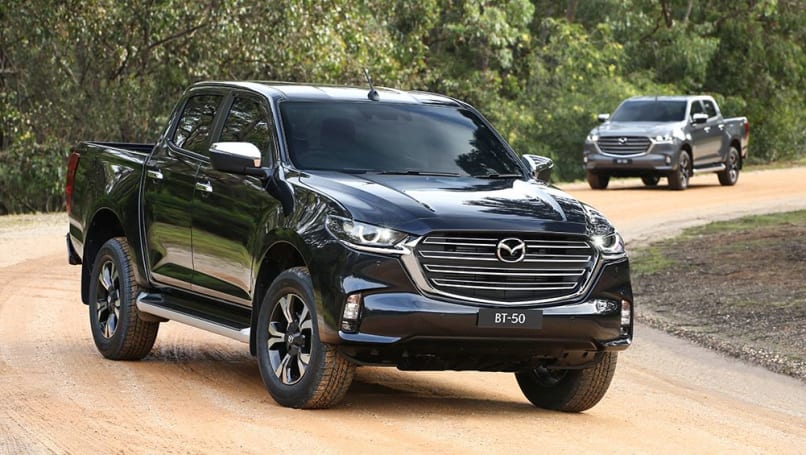
While neither Toyota nor Mazda is willing to reveal any information about what’s coming in the pipeline, both brands have expressed interest in seeking broader model-sharing synergies moving forward, including electric vehicle (EV) technologies, if not entire vehicles themselves.
So, what are the chances of seeing a HiLux wearing the Hiroshima company’s branding then, and when?
As one Mazda insider said, anything could happen. But there’s a catch.
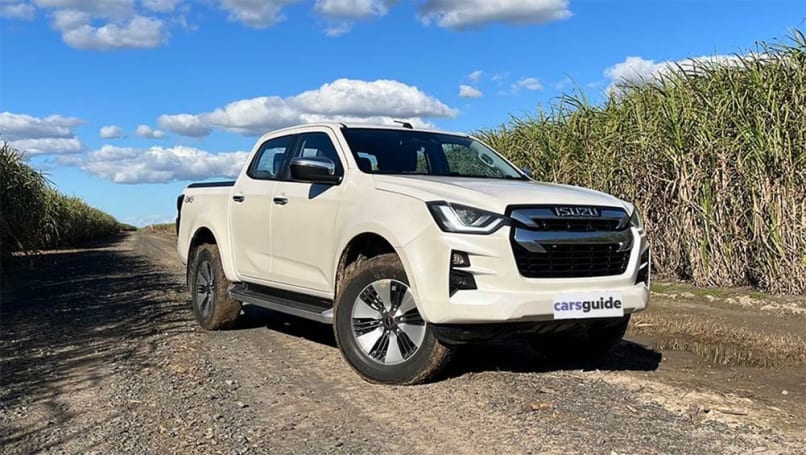
Any proposal to merge BT-50 with the coming next-generation HiLux would not happen for several years at least, since Mazda’s agreement with Isuzu to build and supply the existing, D-Max-derived BT-50 reportedly stretches out until at least the end of this decade.
In fact, both mid-sized utes are still just three years into their presumed 10-year contract together – which is the typical lifespan of a ute – and are not even scheduled to undergo any extensive changes until around 2025.
For the BT-50, the update cannot come soon enough. While Mazda Australia’s second bestseller (after CX-5) this year and fourth overall in ute sales (behind Ranger, HiLux and D-Max), demand has been sluggish in the key Thai and South African markets.
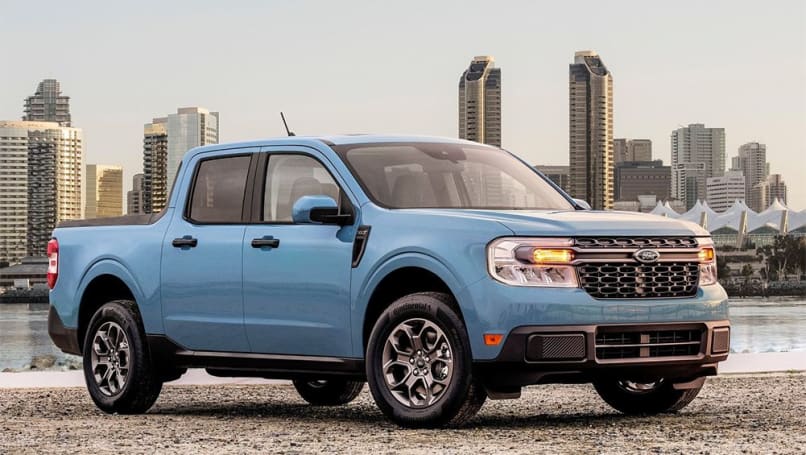
The success or failure of the coming facelift will probably determine whether Mazda sticks with Isuzu’s ute or jumps ship to Toyota.
In the BT-50’s case, the update is said to be substantial, including a completely-redesigned front end featuring a far-more aggressive nose treatment. The goal is to adopt a more rugged, off-road focused look, in order to move away from the Mazda3 small-car like corporate nose of the current model.
Along with additional safety equipment, the circa-2025 makeover is expected to extend inside, with a revamped dashboard that also promises to look a bit tougher – yet suitably more contemporary at the same time – compared to the current iteration, which debuted in 2020.
Whether the Mazda also adopts the rumoured hybrid powertrains anticipated for the D-Max facelift equivalent is unknown, but you can count on increased driver-assist safety equipment, especially considering that both the Isuzu and Mazda utes pushed boundaries forward in this area.
Which all begs the question: since Mazda is tied to Isuzu until about 2030, would it even bother to create a version of the next-gen HiLux due in 2025, which will itself be half a decade old by then?
Another possible scenario is for Toyota and Mazda to instead collaborate on an electric ute, employing a new EV skateboard architecture designed especially around trucks.
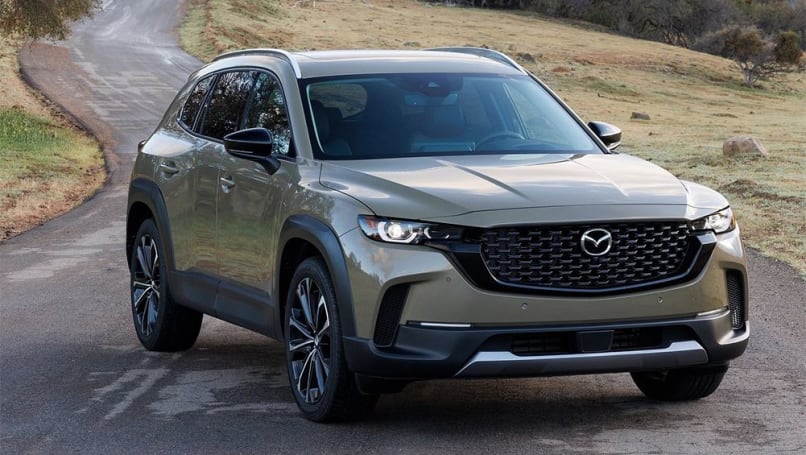
This would use a scalable platform, to accommodate a wide variety of sizes and payloads, as manufacturers move away from internal combustion engines generally and diesels in particular as the next decade approaches. Late last year Mazda announced its strategy to transition to in-house -developed EVs starting from 2028.
Of course, with ute demand rising around the world, why not have both models, available according to each market’s emissions requirements and carbon tax?
With all of the development work for the next-gen HiLux completed, it is entirely possible that Mazda could develop a BT-50 spinoff just like it did with the D-Max, for markets like South East Asia, Central and South America, South Africa and Australia, while also work with Toyota on an EV ute for North America, China, Europe and other more-mature EV regions.
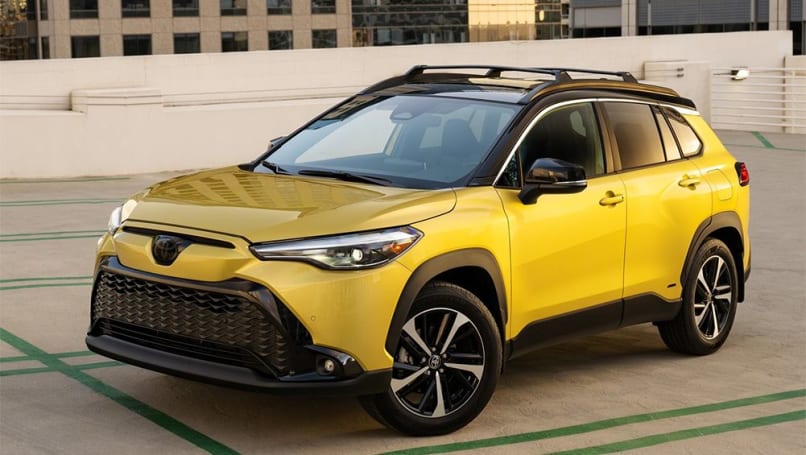
Whichever way you look at it, the BT-50 seems set to stay in one form or another – whether it has Isuzu, Toyota or Toyota/Mazda EV DNA.
Considering that the original Mazda B-Series ute debuted all the way back in 1961, before spawning generations of Ford Courier/Ranger versions from 1972 to 2011, before the Australian designed and engineered T6 Ranger itself sired the BT-50 for the entirety of the last decade, anything could happen.
Comments